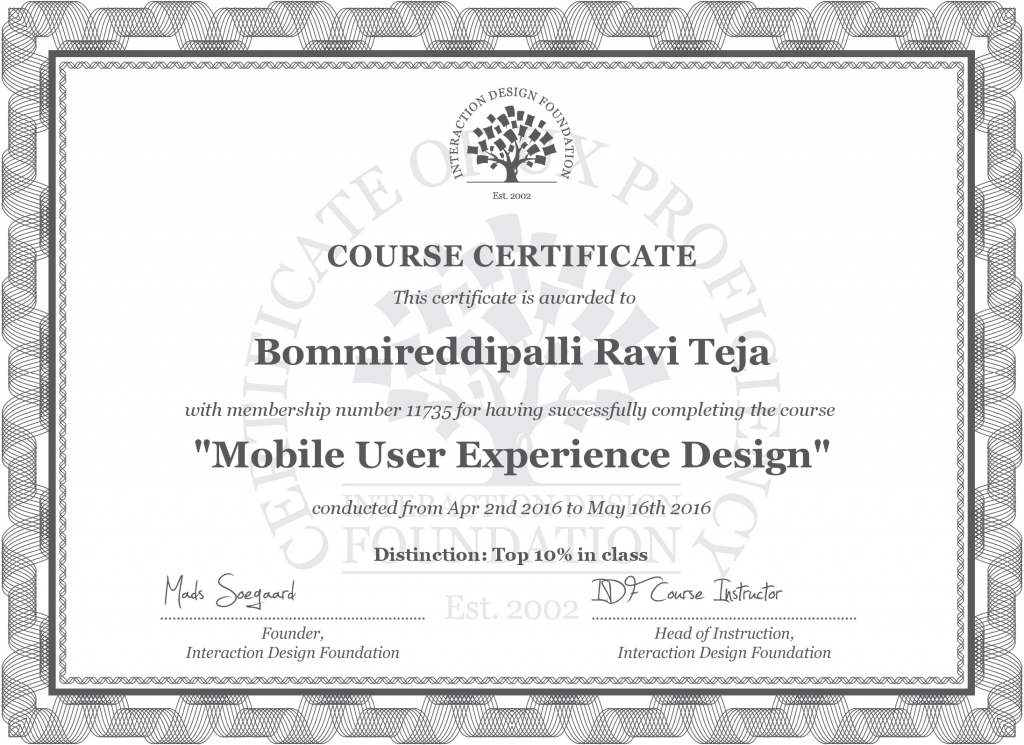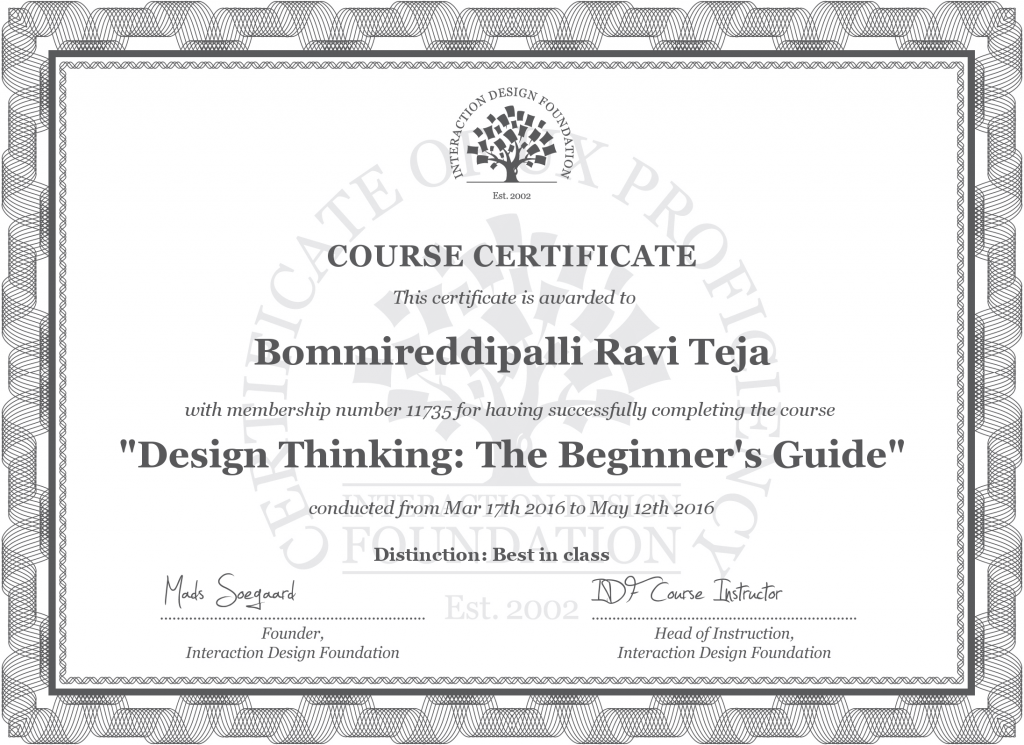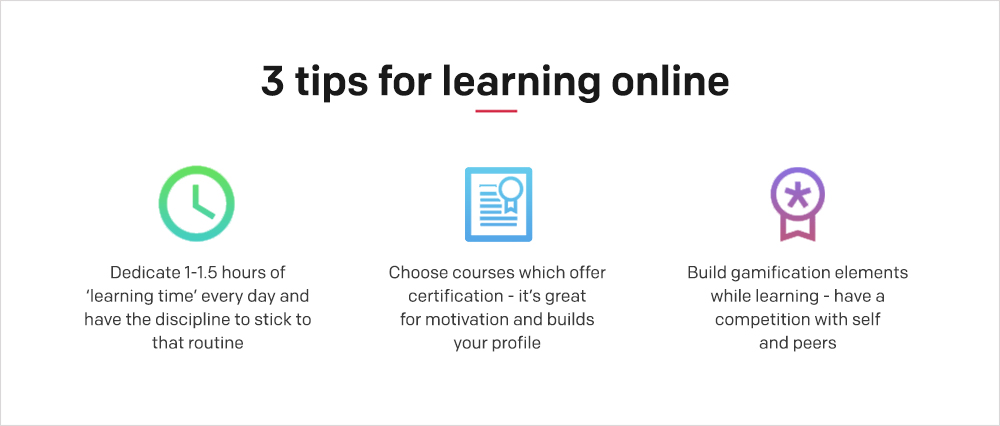As long as businesses have existed in the history of humanity, customer has been king. However, with the advent of digitization, customer is not just king but an empowered one, fortified with the armor of information.
Digital economy has brought about a profound change in the way customers make their purchase decisions. In the past decade, this change has accelerated faster than businesses have evolved.
It is no longer a world where the customers need to be ‘told’ by the businesses about their products; rather customers have a plethora of options to find out about any product or service. The circle of word-of-mouth for today’s customer has expanded from just family and friends to the entire online world, where thousands of reviews about a product are available at a click.
It is easy for businesses to find out what their customers ‘need’ given the vast amount of consumer data that is available today.
But do businesses understand what customers really want?
Until enterprises find this answer, they will continue to push products and services that they think customers need, instead of fulfilling the latent or unsaid needs of the customer.
And, data alone wouldn’t serve that answer to organizations on a platter.
Empathy is the key to innovation
As rightly said by Steve Jobs:
“It’s really hard to design products by focus groups. A lot of times, people don’t know what they want until you show it to them.”
Customers cannot always articulate what they want; they can tell you their pain points but meeting the latent needs of customers from those pain points is where real innovation happens.
To understand these latent needs, it is crucial for entrepreneurs and product innovators to empathize with their customers. This will only be achieved when we step into the customers’ shoes and live with them, and that cannot happen inside an air-conditioned office, looking at a heap of data.
I call this GOOB – go out of the building, and live with your customers.
We will have to move out of our comfort zones, observe the customer, understand how they behave, their challenges & pain points, derive insights and then develop a product.
This is where Design Thinking becomes extremely important. It is critical for organizations to approach innovation from a Design Thinking perspective.
Learning Design Thinking – my journey
With this realization of how critical it is for any executive to have the knowledge of Design Thinking, I started my journey of learning the concept.
While there were institutes like Standford d.school and MIT which were offering courses on Design Thinking, they were doing it predominantly from an academic perspective. However, for an executive like me, it was essential to find out something which was flexible yet detailed enough to fit into my schedule.
During my stint with Nihilent Technologies, along with overseeing the growth, profitability and expansion of the company in 5 continents, I was responsible for the creation of new products and services in the areas of strategy, digital transformation and IT alignment. To fulfill this role successfully and deliver value to customers it was critical for me to apply the concepts of Design Thinking.
This was when I was introduced to Interaction Design Foundation (IDF).
It was without debate the best online portal available, and to my delight, IDF had over 25 online courses on design.
When I enrolled, I intended to do a course on services design. However, in just a matter of 5 months, I ended up doing six courses:
- Emotional design – how to make products that people will love
- User research –methods and best practices
- Conducting usability testing
- Information visualization – getting dashboards right
- Mobile User Experience design – designing UX for mobile apps
- Design Thinking – the beginner’s guide.
The fact that these courses were exceptionally well designed and the entire process was enjoyable helped me take up six courses in such a short duration. Moreover, I not just finished them but also was able to excel in all because of the structure of these courses. Recently, I was delighted to receive this email from IDF on my performance:
‘’One of our developers did a database extract of the top performers (1%) in our courses, and your name came out on that list!’’ – Mads Soegaard, Founder and Editor-in-Chief, Interaction Design Foundation


That was not the end – I continue to take various courses on IDF. In fact, I am doing three more courses on the portal currently!
All the concepts that I learnt through IDF have had a direct impact on my work and the way I design solutions for my customers. For e.g. in one of my earlier roles, I was responsible for designing balanced scorecards and CEO scorecards for my customer. Some of the learnings from the course – what certain colors mean, how people perceive colors, what a specific design element can mean for the audience, etc. helped me immensely in the successful completion of the project.
In fact, applying these concepts helped me deliver these projects with minimal iterations and with utmost proficiency. This was the feedback I received from my customers while working on this assignment using the principles of Design Thinking.
‘’Ravi, you get the deliverables right in the very first time.’’
I also use these concepts in my day-to-day professional life. Any element that I use in my presentations, documents, website, etc. has a specific connotation that connects with the end-user. Further, the importance of the concept of ‘less is more’ was something which I learnt from IDF. A concept that I have used while designing dashboards, mobile applications, software solutions, and even for a presentation.
Prudent entrepreneurs and product innovators understand the business implications of applying Design Thinking to solve real business problems. They take measures to implement Design Thinking at an organizational level. At Nihilent Technologies; I had the opportunity to work with LC Singh (Executive Vice Chairman, Nihilent Technologies) who understood the value of Design Thinking for business solutions and had set up a ‘Design Lab’ in the very initial phases of starting the company.
At Robosoft, our founder, Rohith Bhat realized early-on that Design Thinking is a practical and creative method for problem-solving that has evolved from fields as varied as engineering, architecture and business. And, to apply the principles of Design Thinking while creating products for customers a Design Lab was set up in 2013.
Today, at Design Lab, we have a robust and talented team of designers spread across Udupi and Mumbai. These designers are crafting delightful digital experiences for our customers by bringing the concept of ‘emotional engineering’ to life, day in and day out.
Democratization of design education
I believe that any professional should be a student for life. Digitization has transformed the landscape of education and training. In this digital era, we have to learn and unlearn continuously, and for that to happen portals like IDF are extremely helpful.
At Robosoft also, we do not call ourselves a bunch of engineers – we are a bunch of designers and above all ’empathizers’. And, this is where Design Thinking becomes extremely critical at an organizational level. Portals like IDF are helping in inculcating designing thinking process at a global level by democratizing it and making it easily available for professionals across the globe.
Three tips for learning online
With the digitization of education, the online world has opened up a plethora of resources for professionals to learn and keep updating their knowledge base. However, given our busy lifestyle, it requires dedication and commitment to benefit from these

Here are few tips to make the most out of portals like IDF:
- Find 1-1.5 hours every day as soon as you wake up or before you go to bed to go through the courses, and stick to that routine.
- Pick up courses that offer certifications – it will motivate you to keep going and also build your professional profile.
- Gamification – have a healthy competition with yourself and peers who are taking up the course… it will keep the excitement going.
Design Thinking has become an extremely critical skill for any professional irrespective of the field they are into. And, portals like IDF are helping in building a talent pool of design thinkers across domains.
IDF has been an enabler for me in my professional journey, and it continues to help me upgrade my knowledge and skills. As Henry Ford said:
Anyone who stops learning is old, whether at twenty or eighty.
I hope this account will help and inspire professionals across the industry in starting their journey of Design Thinking.




